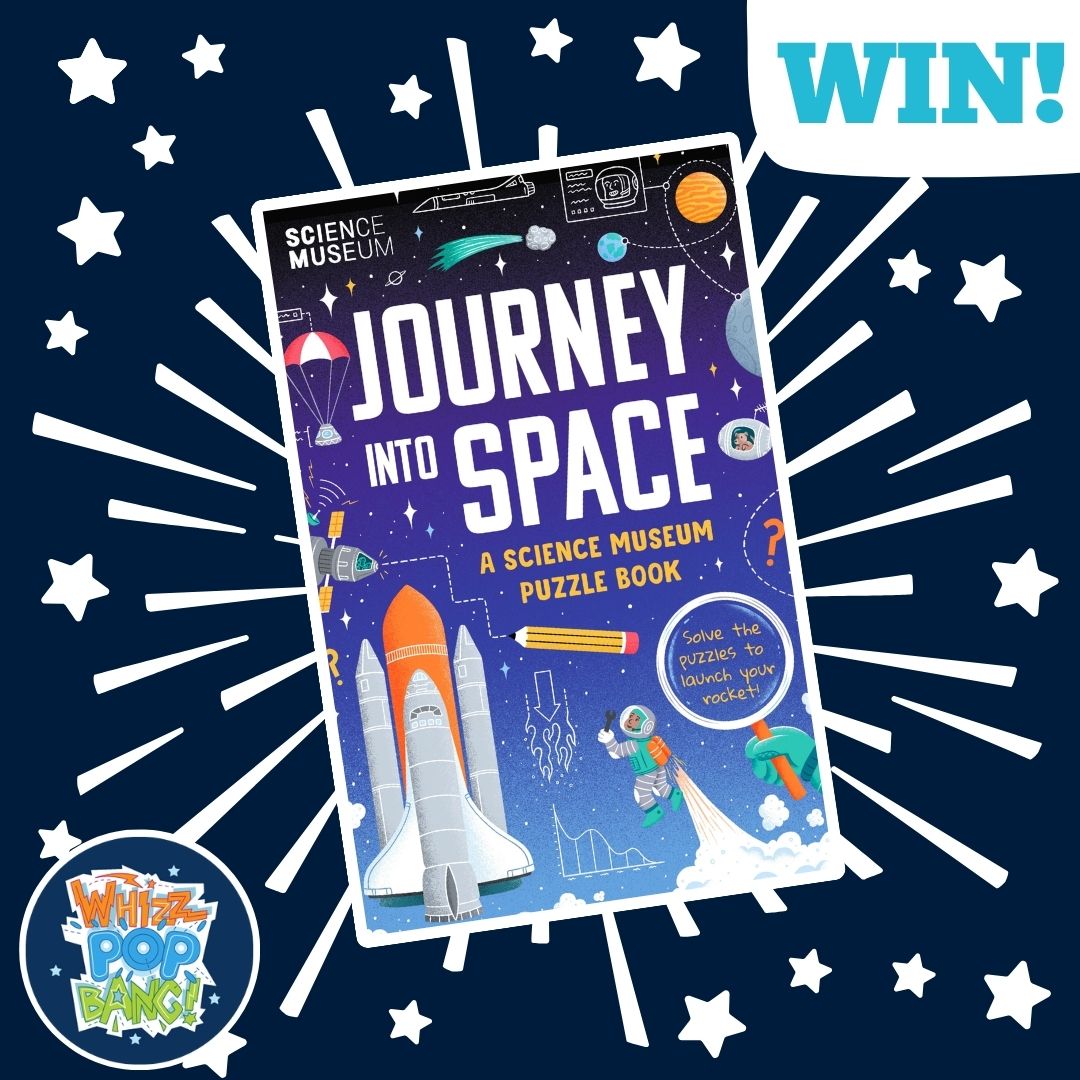
Protected: WIN The Science Museum Puzzle Book: Journey Into Space!
Post Comment

It wasn’t just people on Earth who were glued to the Paris 2024 Olympics and Paralympics – astronauts on the ISS were inspired by the athletes, too! They added elements of Olympic sports to their training programmes (and it looks like they had a lot of fun doing it, too!)
Watch the astronauts who were inspired by the Olympics here!
Read more fascinating science stories like this one in every edition of Whizz Pop Bang – find out how to subscribe here!
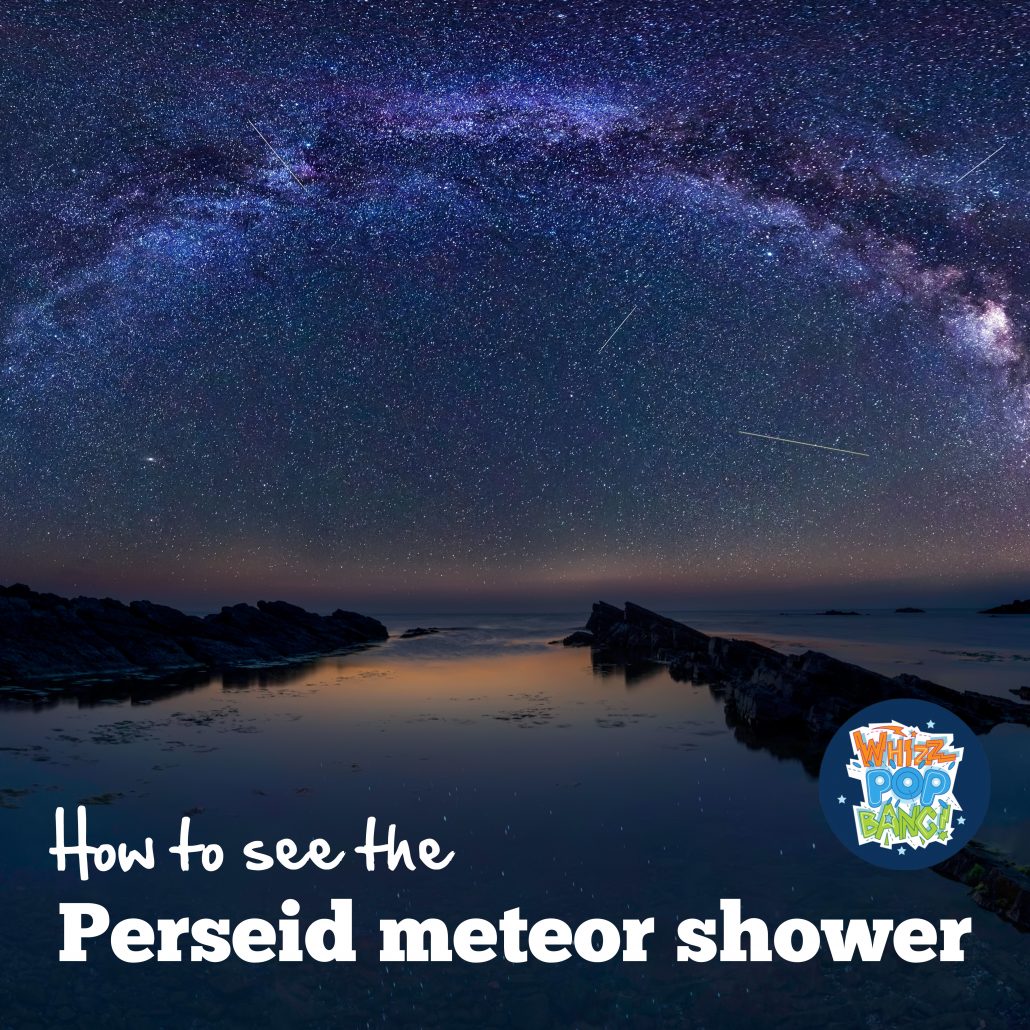
The Perseid meteor shower is a spectacle not to be missed as, if conditions are right, it’s a great opportunity to spot lots of bright meteors – around 100 per hour!
In 2024, the Perseids are visible between 17 July – 24 August, but in 2024 the meteor shower reaches it peak on 12th and 13th August.
Here are some top tips for how to spot meteors:
☄️ Research the best time to spot the meteor shower – for the Perseids in 2024 in the UK, this is in the early hours of 12th and 13th August. The days leading up to these dates could also be good opportunities to see a good show.
☄️ Ideally, the sky should be dark. You’ll get a better view away from streetlights and when the Moon is not full. The Moon sets by 10pm in mid-August in the UK, so the sky will be darkest after that time.
☄️ Fill your view with the sky and wait! Lying on the ground is a great way to see as much as possible, or get comfy in a deckchair.
☄️ Give your eyes 15 minutes to get used to the dark
☄️ Check the weather forecast – a clear sky will give a better view.
☄️ Look around! Perseid meteors can appear anywhere in the sky.
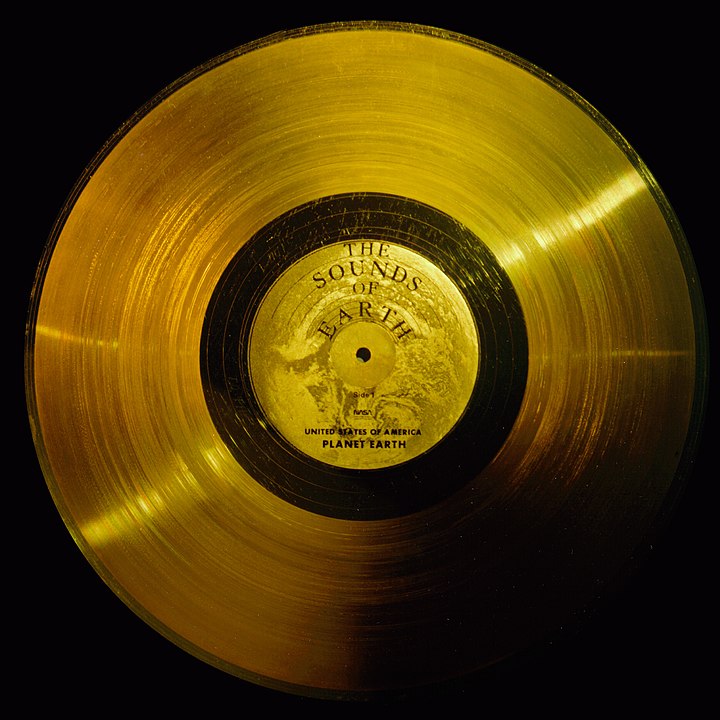
Carl Sagan was an astronomer, planetary scientist, cosmologist, astrophysicist, professor and science communicator who was fascinated by extra-terrestrial life. You can read about him in Whizz Pop Bang 98: Aliens!
Carl was involved in American space exploration since it began in the 1950s. He put together messages that were sent into outer space in the 1970s on the Voyager Golden Record.
Read more about space in these out-of-this-world issues of Whizz Pop Bang!

Copies of the Golden Record were carried by Voyager I and Voyager II. They contained:
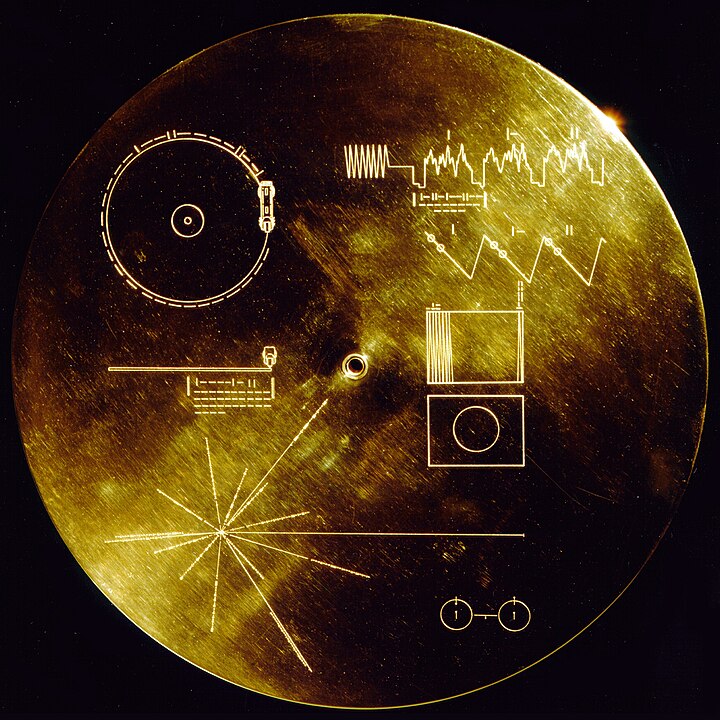
The discs contained diagrams that explain where Earth is and how to play the record. Scientists spent a long time working out how to communicate these messages to aliens!
Here are some examples of things that were included on Carl Sagan’s Golden Record. You can find a full list of everything that was included here.
We can’t include the photographs and diagrams included on the Golden Record because of copyright but you can see some of them here. These show some of the same subjects that featured on it.
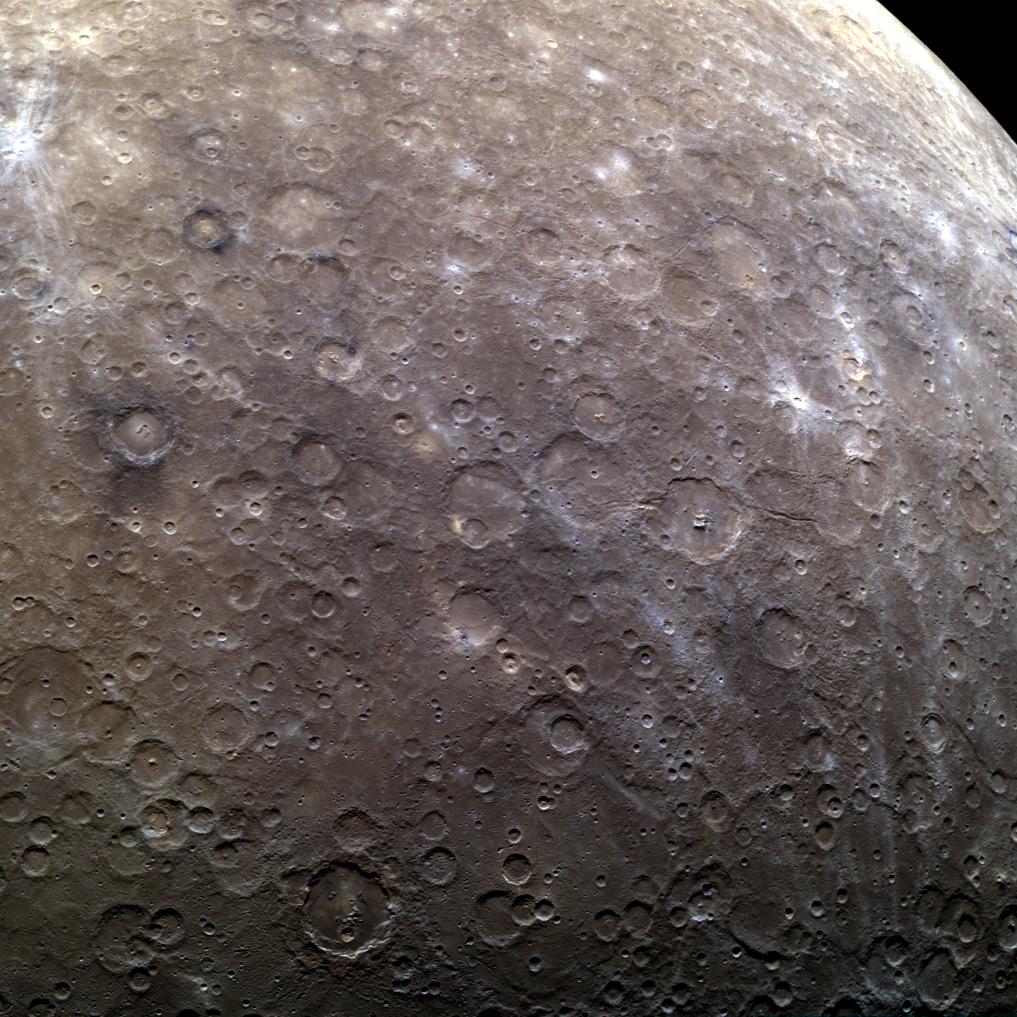
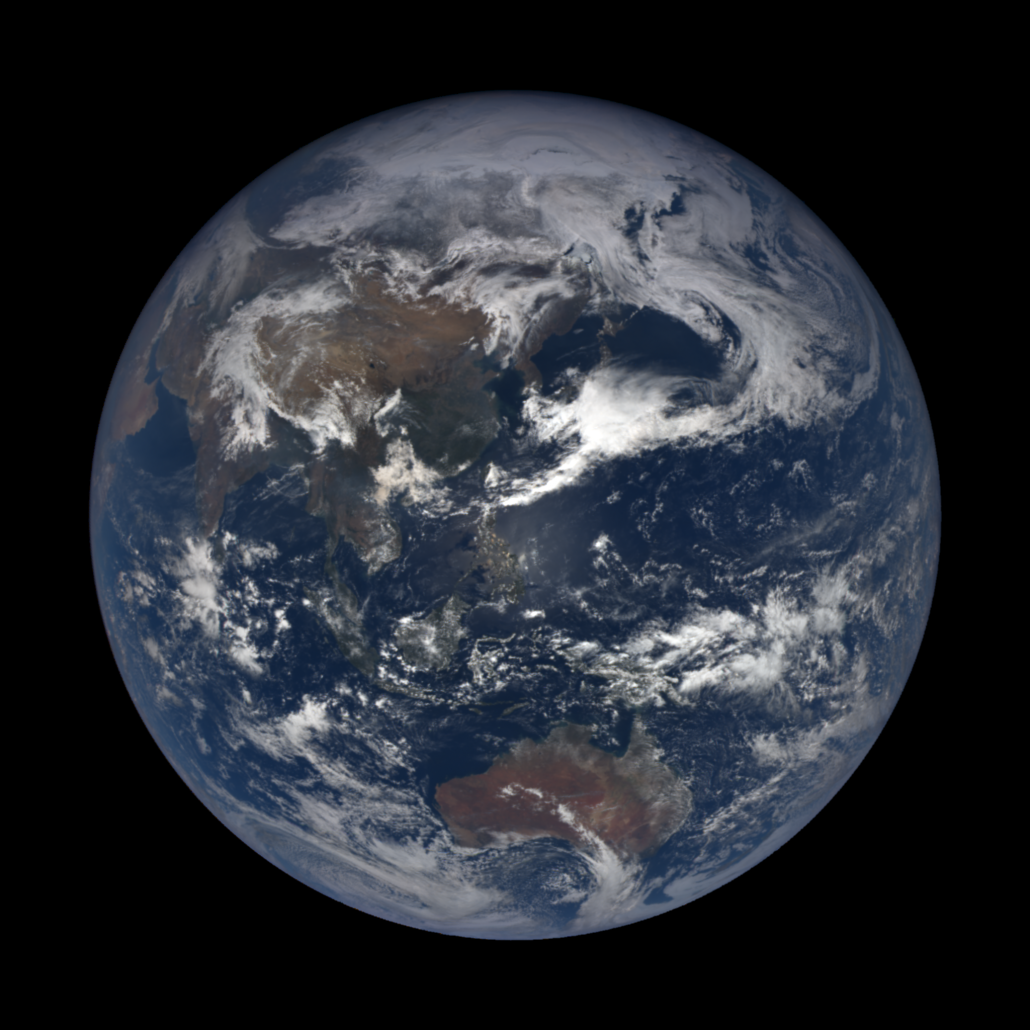
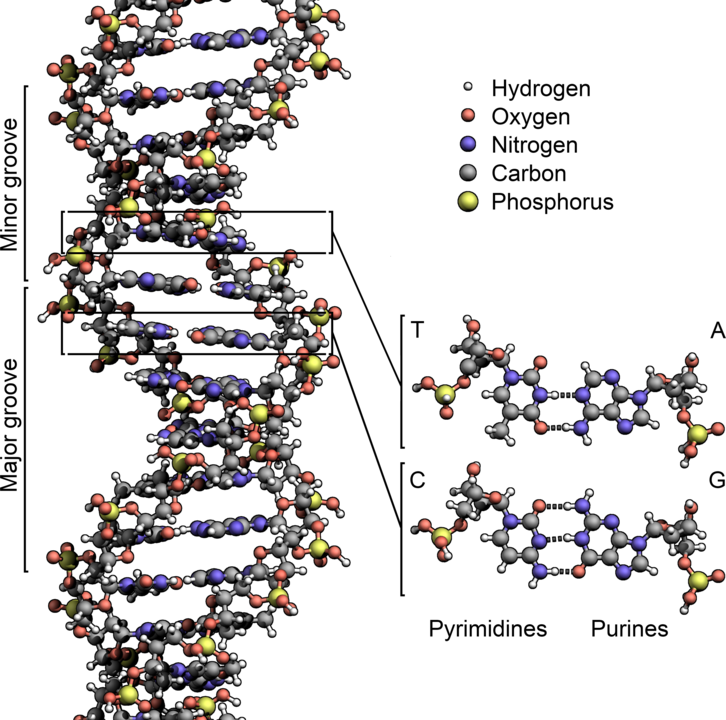

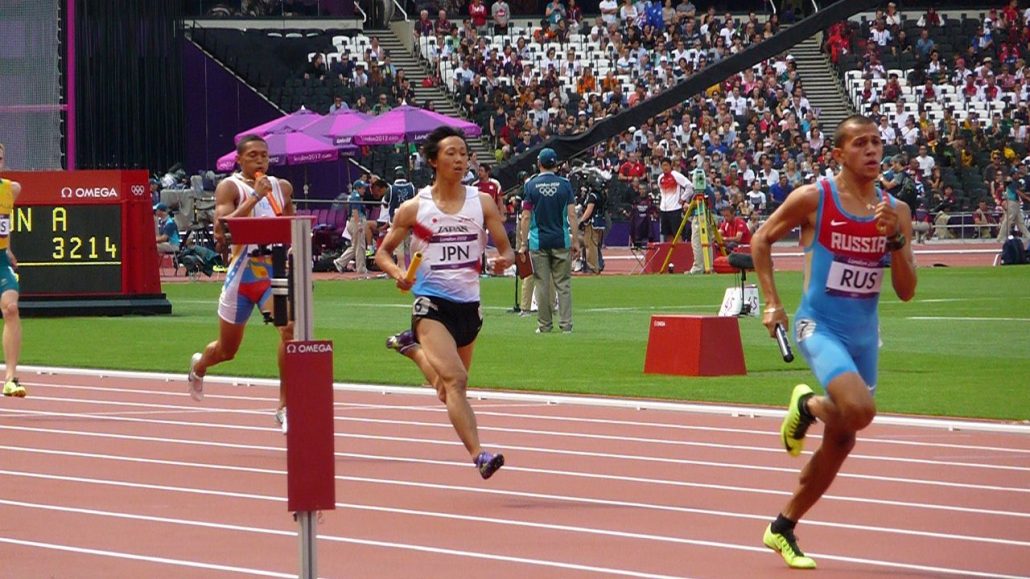
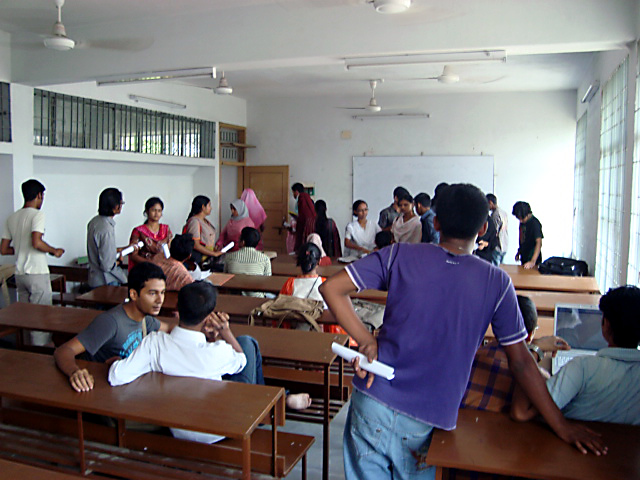

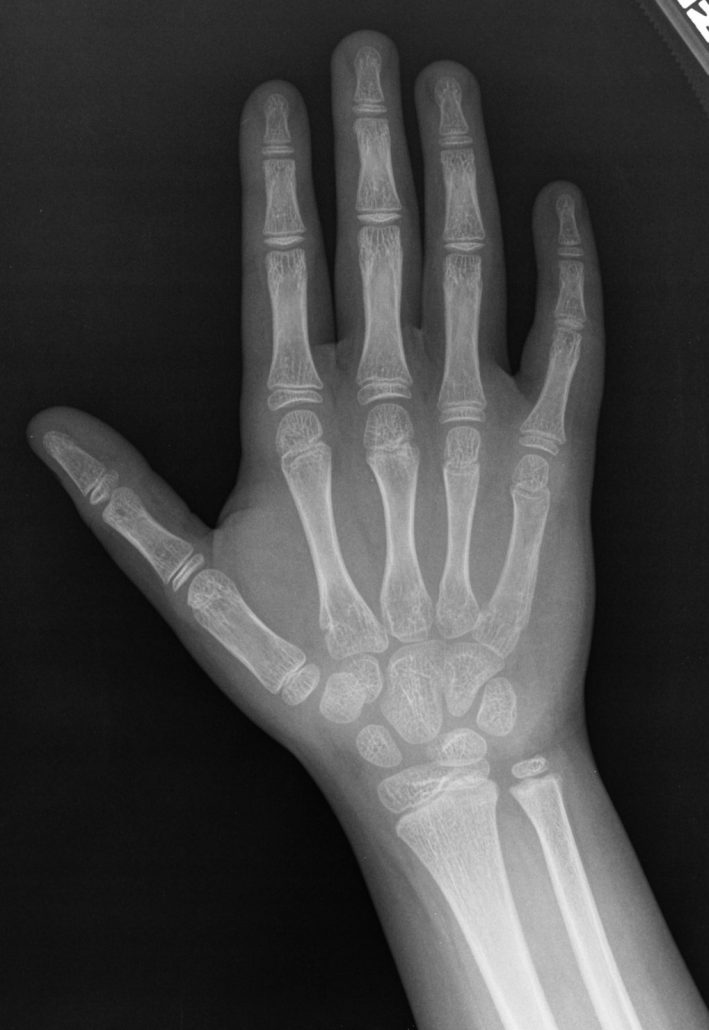


If you want to find out more about fantastic scientists like Carl Sagan, subscribe to Whizz Pop Bang, the awesomely amazing science magazine for kids! Learn about inspirational scientists of the past and present every issue – our readers are the in credible scientists of the future!


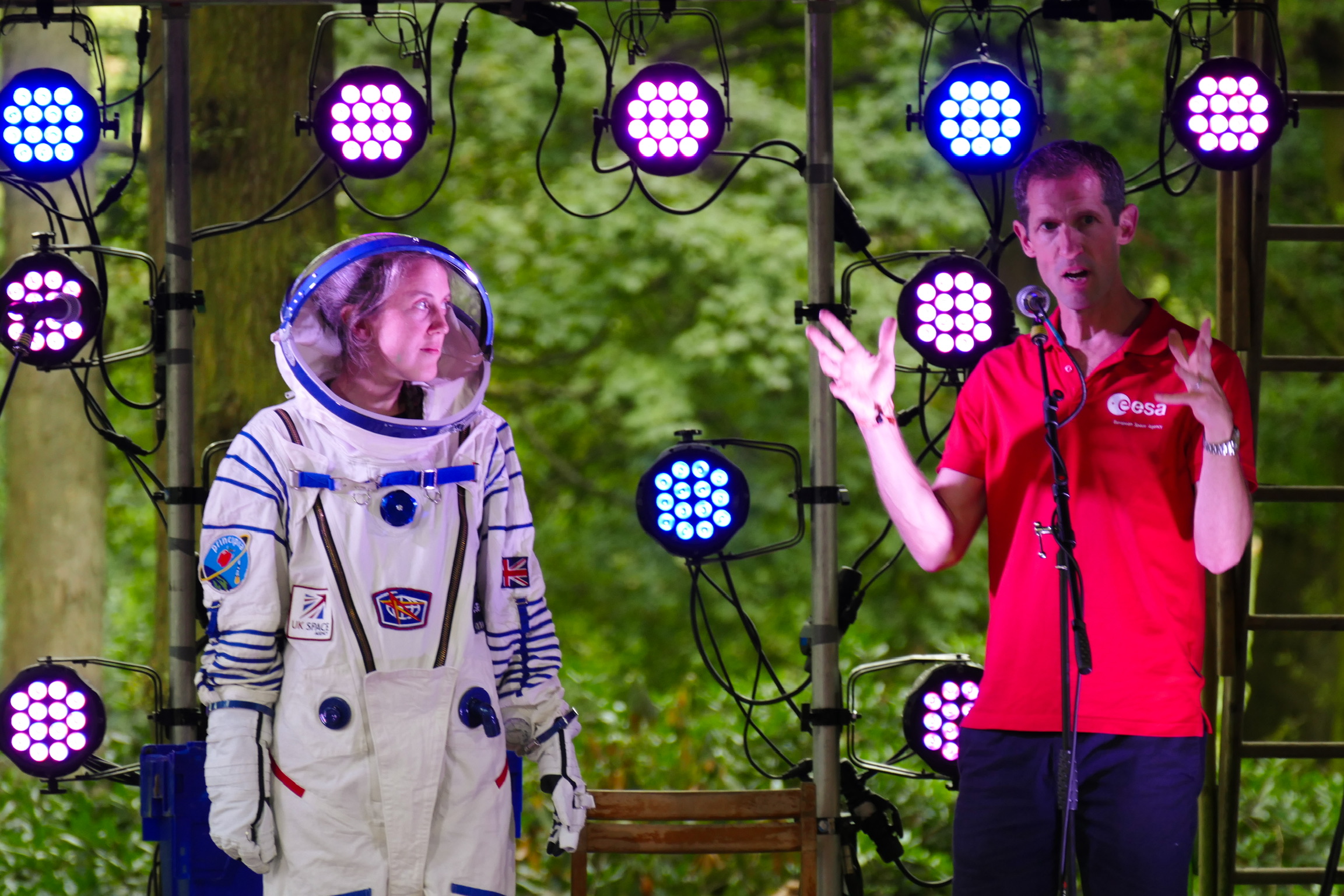
Team Whizz Pop Bang spent a wild weekend meeting hundreds of scientists-in-training at Just So Festival 2023. Thank you so much to Just So Festival for having us back again – we absolutely love being a part of this incredible event.
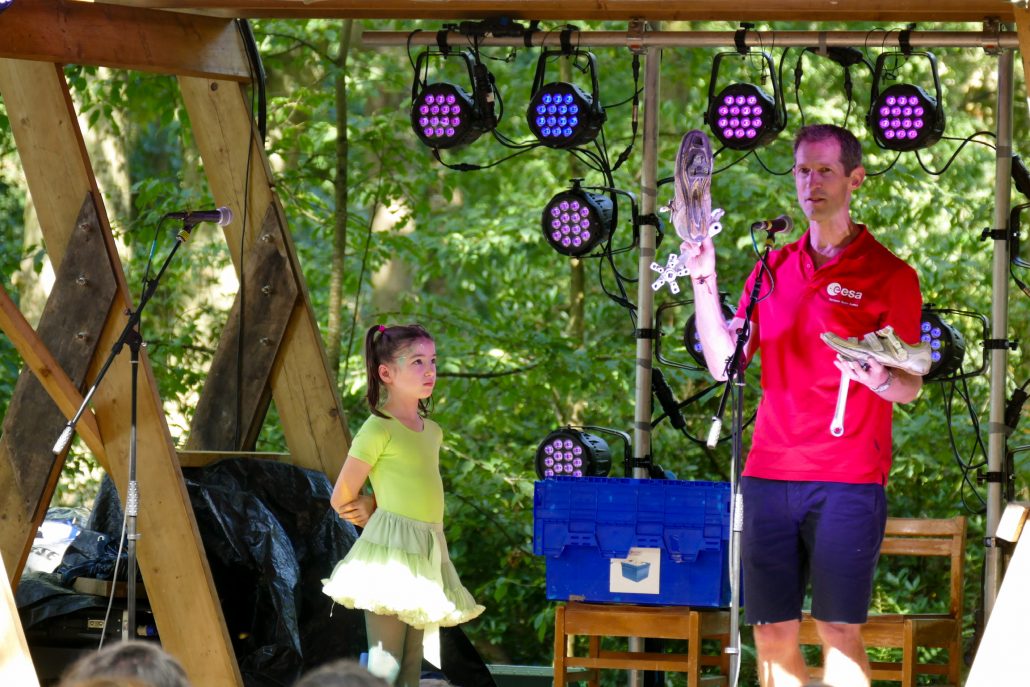
This year, we brought Jonathan Scott from the European Space Agency (ESA) along to share his amazing knowledge of staying fit and healthy in space. Jon works in the Space Medicine Team at ESA and he used his expert skills to run an Astronaut Training Camp.
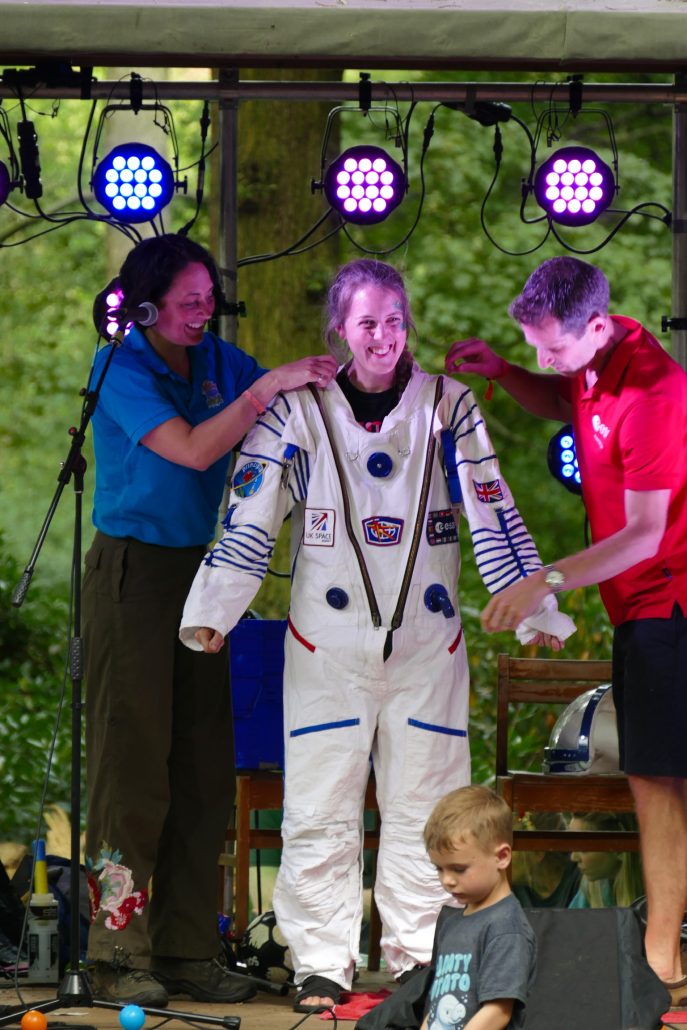
Jon brought a replica space suit along for Whizz Pop Bang fans to try on!
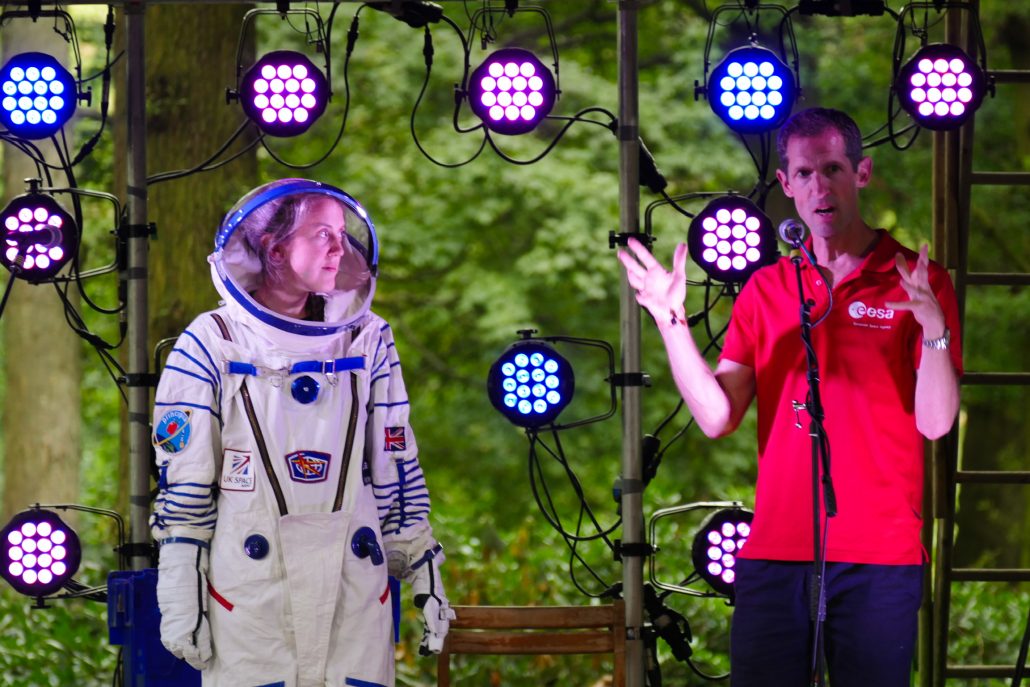
We were overwhelmed with the turn out for Jon’s talk and it was fantastic to see so many budding astronauts! A HUGE thank you to Jon, and to all of you who came and joined in the fun. We hope you picked up a thing or two about how astronauts stay fit and healthy on board the International Space Station.
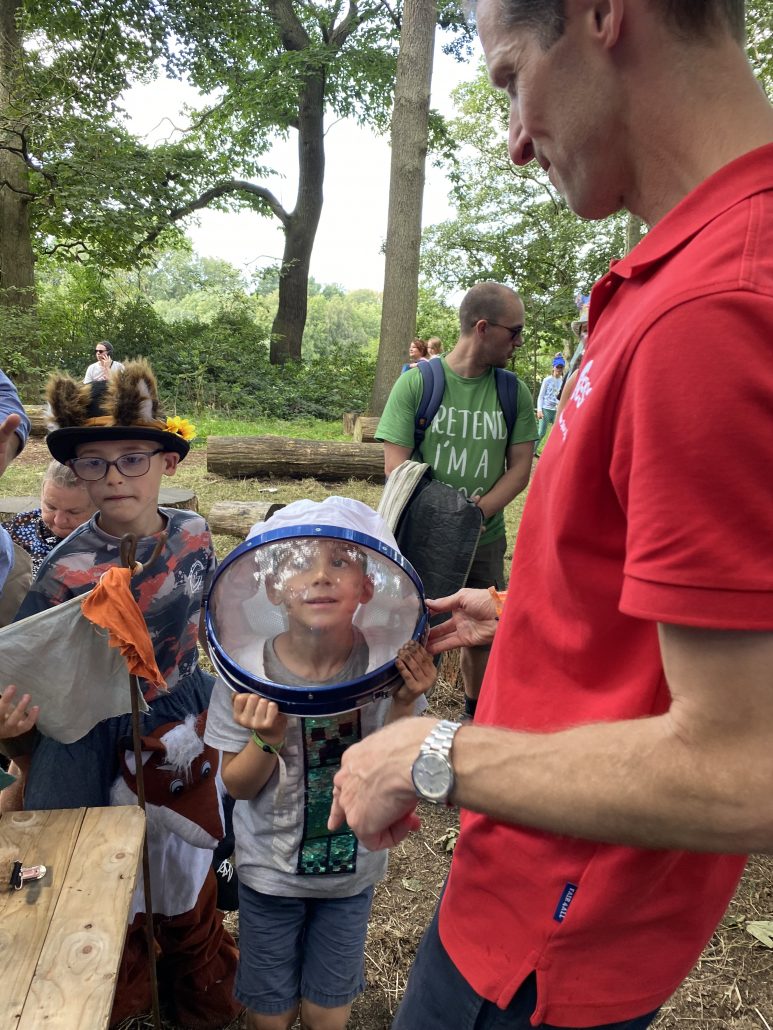
We also ran The Whizz Pop Bang Discovery Den, where young scientists could explore their five senses in some super-fun hands-on experiments.
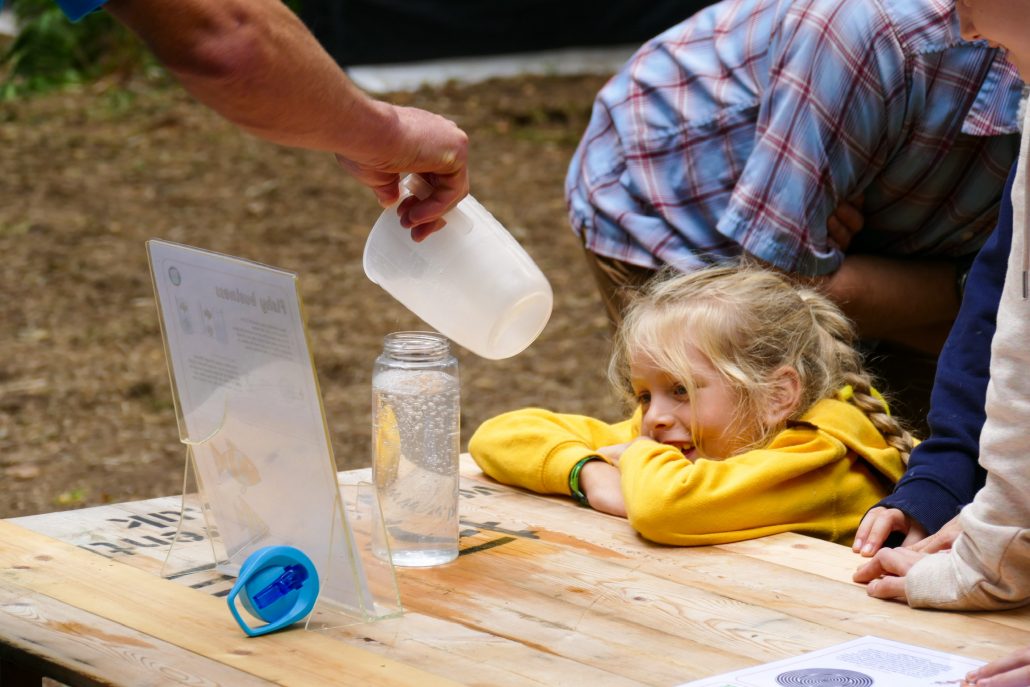
Children were invited to visit us in ‘The Future’ area in the woodland at Just So Festival and try five different activities linked to the senses.
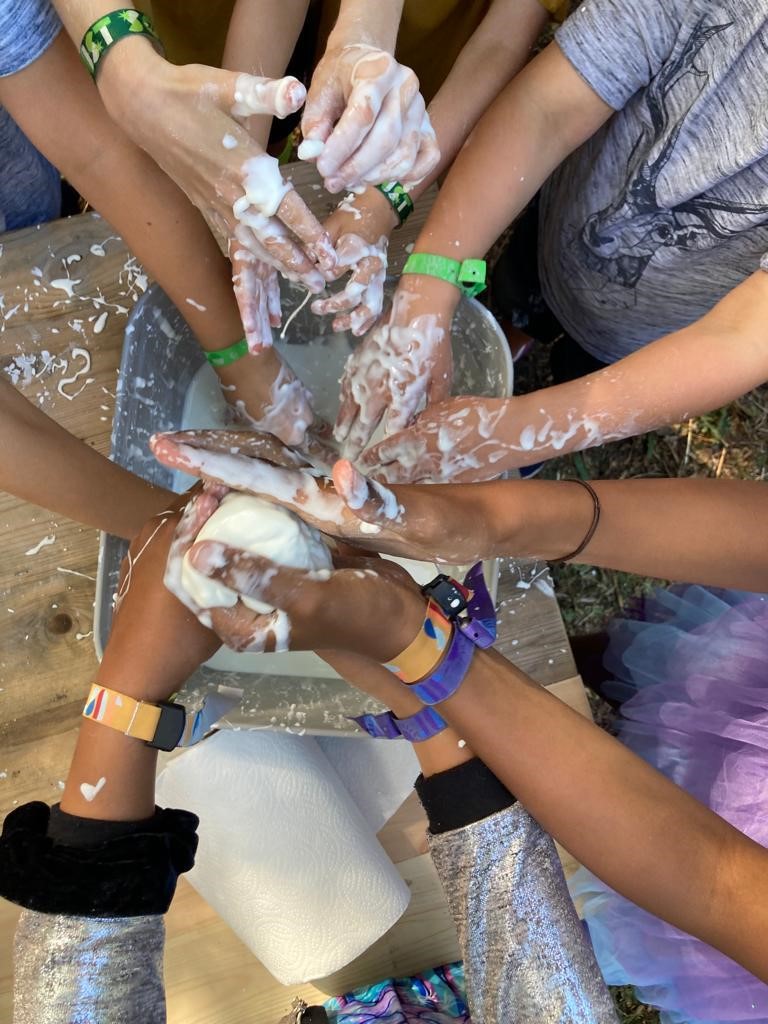
They learned some amazing facts, including:
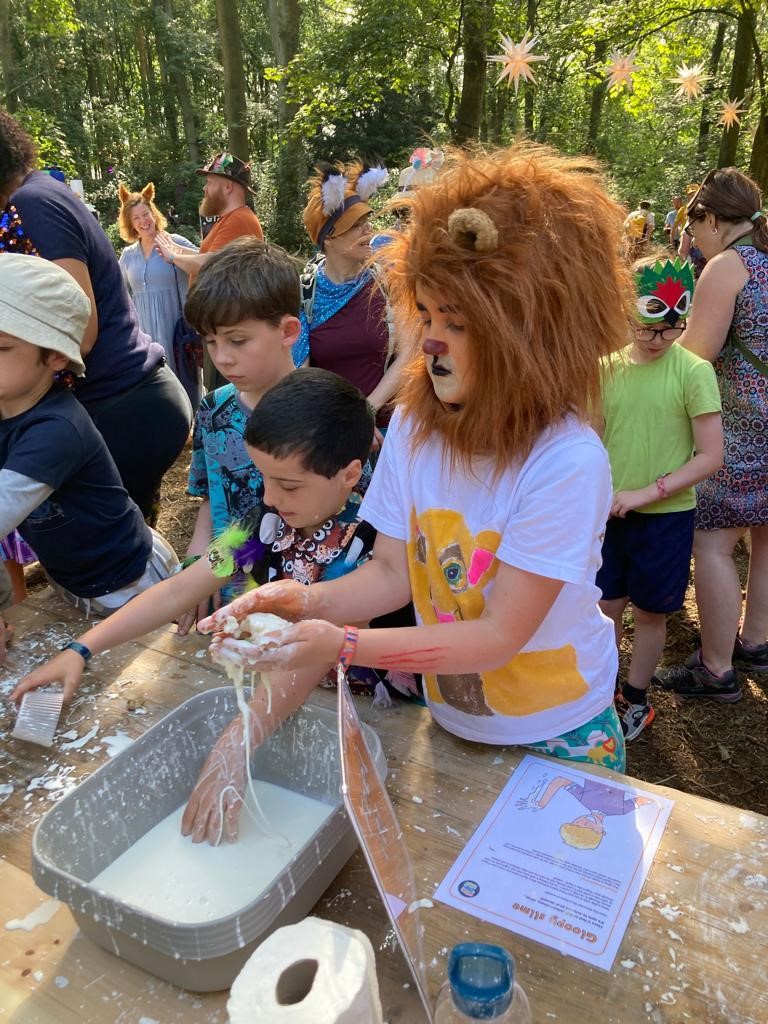
We hope to see lots of you at Just So Festival in future!


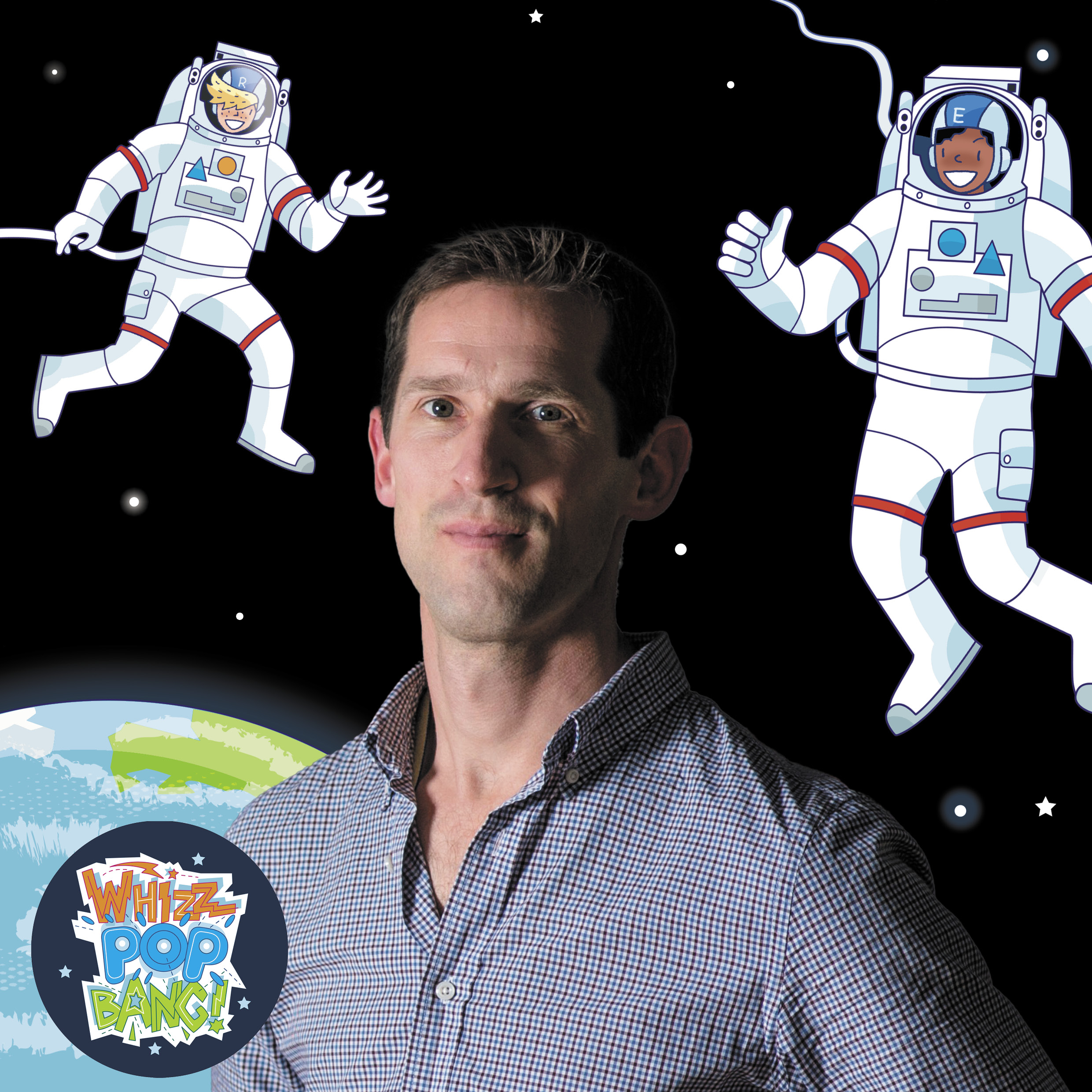
It’s not long until the fantastic Just So Festival kicks off – it’s running at Rode Hall, Cheshire on 18th – 20th August 2023. It’s an incredible outdoor adventure for families from bumps to great grandparents, and Whizz Pop Bang are so excited to be a part of the fun that’s in store!
The Whizz Pop Bang team are huge fans of this magical festival, and once again, we’re bringing a sprinkle of science to the programme!
Ever dreamed of becoming an astronaut when you grow up? Roll up for an action-packed talk by Jonathan Scott from the European Space Agency to discover the skills and techniques needed to stay healthy on board the International Space Station. Test out some astronaut training exercises, feel how gravity affects us here on Earth and check out a replica spacesuit!
Perfect for children aged 6 to 12.
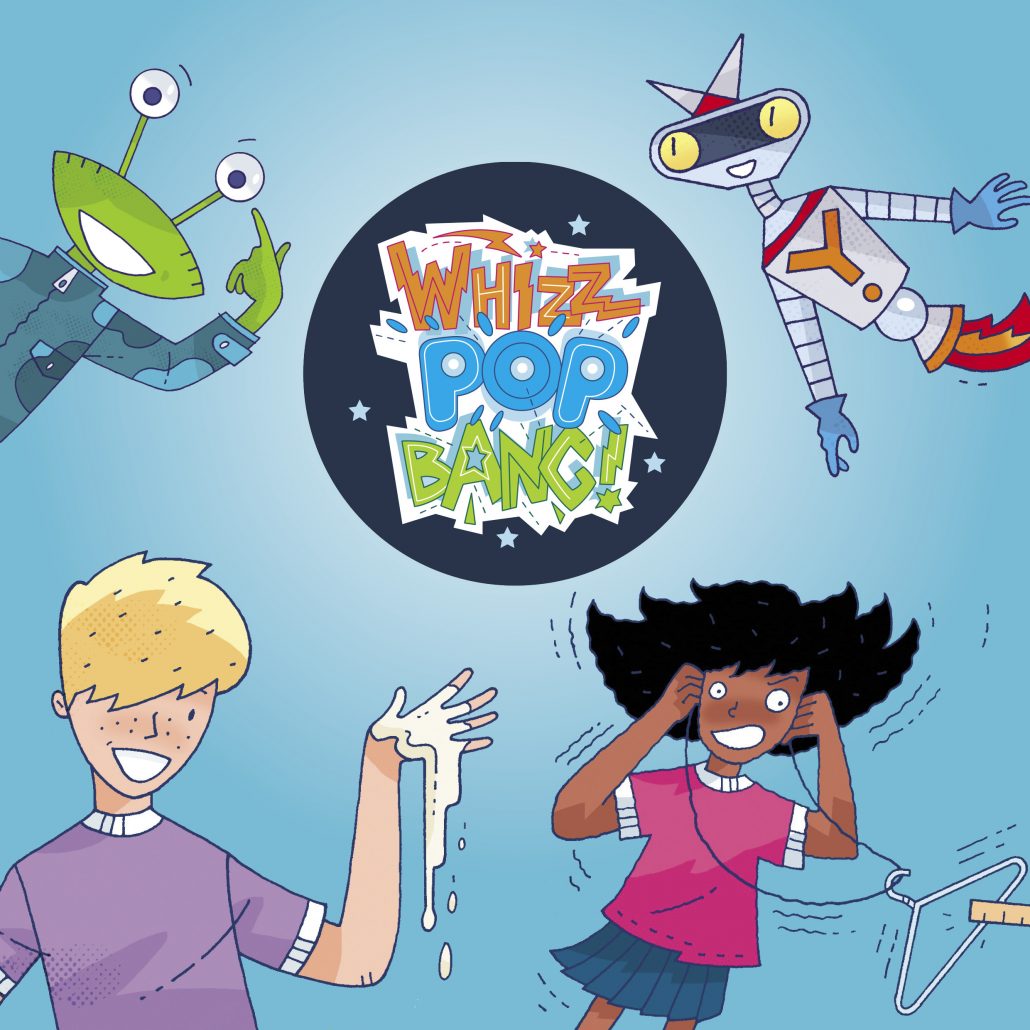
Come along to an exploration of your senses at this hands-on discovery session run by the makers of the most awesomely science magazine for kids, Whizz Pop Bang! You won’t believe your eyes, ears, noses, fingers or tongues in this interactive session full of weird and wonderful sensations!
Perfect for children aged 6 to 12.
Find out more about the festival at justsofestival.org.uk, where the line up has been announced! Discover a celestial celebration of the planets in The Observatory, step out of 2023 and into the future at The Future stage, hear stories galore in the Spellbound Forest, and so much enchanted adventure throughout the site. There’s something for every member of the family!
Whizz Pop Bang is an awesomely amazing monthly science magazine that brings science to life for children aged six to twelve (and their parents too)! There’s lab-loads of hands-on experiments, mind-boggling facts, puzzles, news and fun packed into each month’s magazine. Whizz Pop Bang sparks imaginations and inspires the scientists of the future from the moment it comes bursting through their letterbox. Subscribe today at whizzpopbang.com!
If you’re not lucky enough to be going to Just So Festival this year, but want to have heaps of fun with science, browse back issues in our shop now!


Whizz Pop Bang is the world’s most awesomely amazing kids’ science magazine, bursting with hands-on experiments, facts and fun! Every magazine is packed full of hands on science activities to help your kids fall in love with science. Here is a FREE science activity to help you entertain, excite and educate your child.
Learn the order of the planets by making a model solar system. Just download, print, add scissors and glue, and your astronauts-in-training will do the rest. It’s out of this world!
Our experiments are designed for children from 6 to 12, but this experiment is particularly perfect for year 5, P6 (Scotland) and 9-year-olds and 10-year-olds as it ties in with the National Curriculum topic about the solar system they will be taught this during this school year.
Did your mini-scientist enjoy this activity? This is just one of the many fun paper craft activities from the Whizz Pop Bang Snip-Out Science Book. Click the image below to discover how much more fun your budding scientist can have with this book!
Fill your child with science wonder with a subscription to Whizz Pop Bang, the award-winning magazine for 6 to 12-year-olds. Watch their face light up with glee when their very own magazine zooms through the letterbox! Packed full of hands-on science awesomeness, it’s the gift that keeps of delighting, month after month.
We want to inspire the future generation of scientists with our monthly magazine! That’s why, every month we interview inspirational scientists about their jobs so children across the globe can learn about fascinating areas of science and what it takes to do these jobs.
We interviewed astronaut Tim Peake and wanted to share it here for free so that everyone can be inspired by Tim’s story. This pack also includes a reading comprehension question and answer sheet for schools and home educators to teach kids.
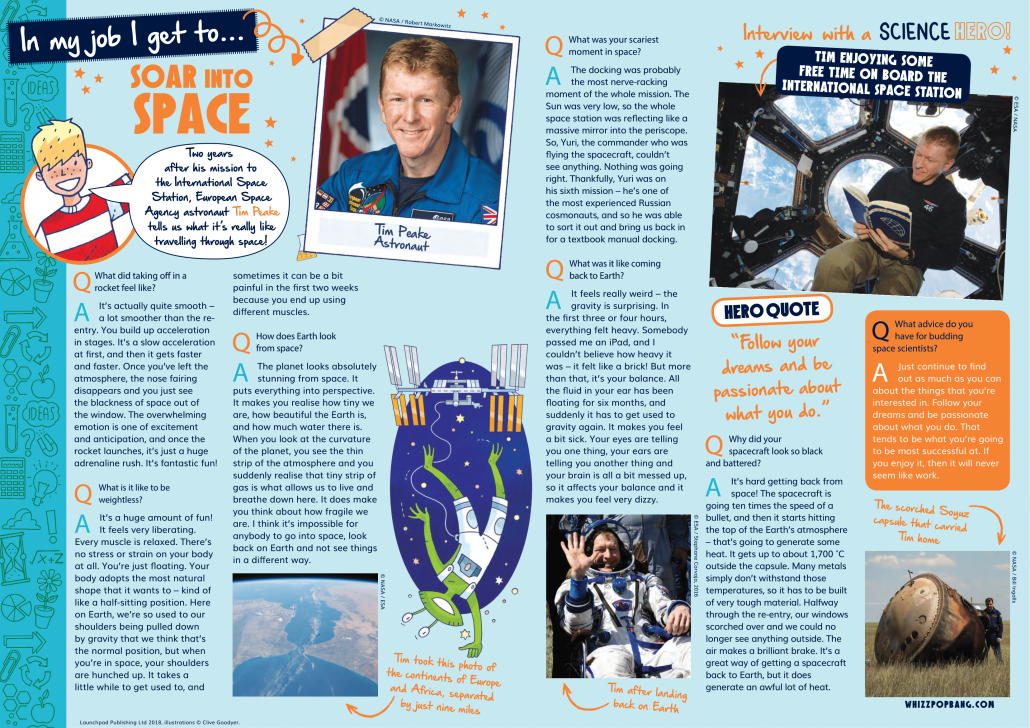
This interview delves into what it is really like to travel in space. Tim Peake describes what it feels like to take off in a rocket and to feel weightless, as well as his scariest moments. A must-read for your aspiring astronauts.
This downloadable reading pack includes:
– An interview with Tim Peake for you to print or for your child to read on a tablet.
– Reading comprehension question sheet and answer sheet.
Our teaching resources are designed for children from 6 to 12, but this reading comprehension is particularly perfect for year 5, P6 (Scotland) and 9-year-olds and 10-year-olds as it ties in with the National Curriculum topic about earth and space they will be taught this during this school year.
Did your mini-scientist enjoy learning about Tim Peake? Why not discover our other space themed issues of Whizz Pop Bang in our shop here! Or click on one of the magazines below for some of our favourite space issues!
Fill your child with science wonder with a subscription to Whizz Pop Bang, the award-winning magazine for 6 to 12-year-olds. Watch their face light up with glee when their very own magazine zooms through the letterbox! Packed full of hands-on science awesomeness, it’s the gift that keeps of delighting, month after month.
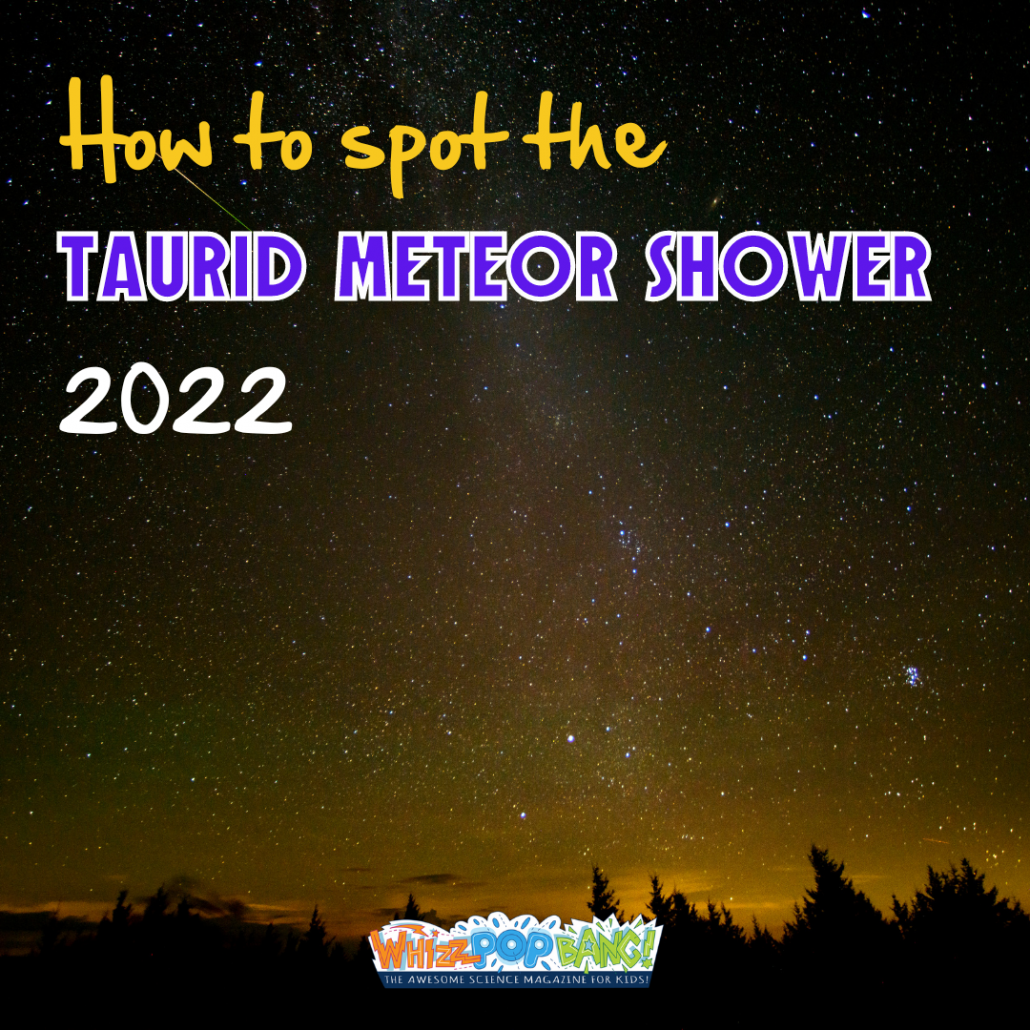
The Taurid meteor shower has begun and is due to peak in the UK in the very early hours of Sunday 13th November 2022. Although the Taurids aren’t known for an impressive, dramatic display they do provide a regular sprinkle of meteors throughout October and November so lots of opportunities to spot a shooting star! 💫
When the Earth moves through debris left from passing comets, those particles burn up from the friction with the air when they pass into our atmosphere and create beautiful shooting stars. In the case of the Taurids, the debris is left by the Comet Encke.
Follow these tips from the Royal Observatory in Greenwich for the best chance of meteor-spotting.
☄️Find a dark site with an unobstructed view of the sky.
☄️The best time to see the shower is in the early morning of the peak day, which this year is the morning of the 13th November (the night of the 12th November).
☄️Fill your view with the sky and wait! Lying on the ground is a great way to see as much as possible.
☄️The Taurids are not particularly dramatic but they are wide spread so keep your eyes peeled.
☄️Blanket optional but highly recommended. Reclining deckchairs make an even more comfortable way to view the sky.
☄️Remember to wrap up warm!
Image: Canva
Watch NASA astronaut Chris Hadfield control the International Space Station’s robotic arm that grabs cargo.
Find out more about what it’s like to live in space in Whizz Pop Bang: OUT OF THIS WORLD.
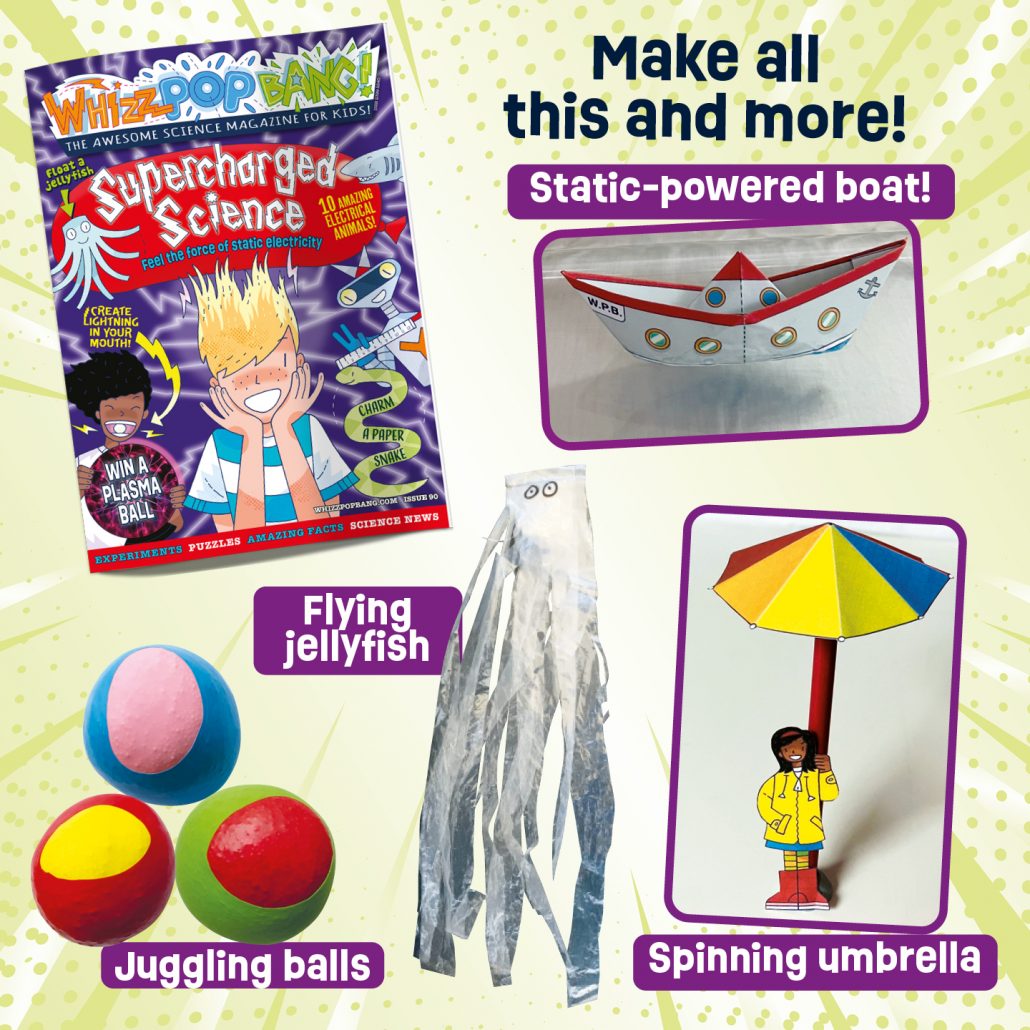
Fill your child with science wonder with a subscription to Whizz Pop Bang, the award-winning magazine for 6 to 12-year-olds. Watch their face light up with glee when their very own magazine zooms through the letterbox! Packed full of hands-on science awesomeness, it’s the gift that keeps of delighting, month after month.